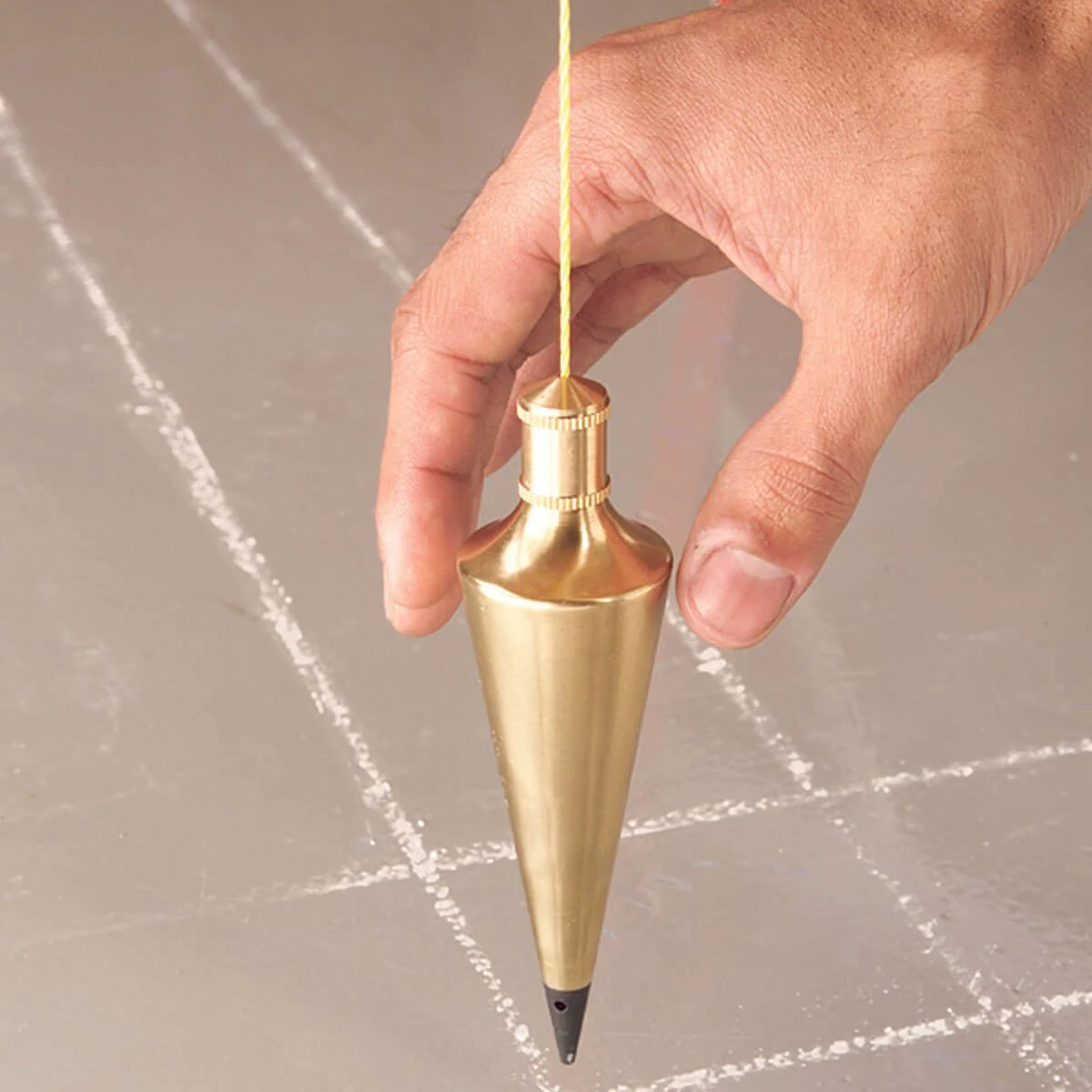Imagine a building that’s leaning to one side or a bridge that’s not level. These are just some of the potential consequences when construction isn’t executed with precision. One of the most critical aspects of construction is ensuring everything is “plumb,” meaning perfectly vertical. Just like hanging a picture frame straight on the wall, plumbness in construction is vital for safety, stability, and aesthetics.
Plumb in Construction: Keeping Things Straight and Strong
Plumb, in construction terms, refers to the vertical alignment of a structure or element. It’s about ensuring that walls, columns, and every vertical component stand perfectly upright, perpendicular to the ground. This principle is fundamental to the integrity and longevity of any structure.
Why is Plumb So Important?
Think of a house of cards. If one card leans even slightly, the entire structure becomes unstable. Similarly, in construction, plumbness is crucial for:
- Structural Stability: Plumb walls and supports distribute weight evenly, preventing leaning, cracking, or collapse.
- Aesthetic Appeal: Plumb lines contribute to a building’s visual harmony. Crooked walls are not only structurally unsound but also aesthetically displeasing.
- Functionality: Everything from doors and windows to plumbing and electrical systems relies on plumbness to function correctly.
Getting Things Straight: Tools of the Trade
Construction professionals rely on a range of tools to achieve and verify plumb:
- Plumb Bobs: This age-old tool uses gravity to establish a true vertical line. A weight attached to a string, when suspended freely, will always point straight down.
- Levels: Traditional spirit levels, with their air bubble in a liquid-filled vial, indicate when a surface is horizontal (level) or vertical (plumb).
- Laser Levels: These modern tools project bright laser beams, offering a highly accurate and visible reference line for plumb over longer distances.
How to Determine Plumb
Whether you’re a seasoned contractor or a DIY enthusiast, understanding how to determine plumb is essential:
1. The Plumb Bob Method: Simple and Effective
- Gather your materials: A string (mason’s line works well) and a weight (a nut or a washer will do).
- Create your plumb line: Tie the weight securely to one end of the string.
- Suspend and observe: Fix the other end of the string to a high point near your work area and let the weight hang freely. The string forms a true vertical line.
- Compare and adjust: Hold the plumb line against the object you are checking. If the object is parallel to the string, it’s plumb. If not, make adjustments until they align.
2. Using a Level: Your Go-To Tool
- Select the right level: Spirit levels come in various lengths and types. Choose one appropriate for the size of the object you’re checking.
- Position and observe: Place the level against the surface or object.
- Check the bubble: If the bubble is centered between the lines on the vial, the object is either level (horizontal) or plumb (vertical), depending on the level’s orientation.
3. Laser Levels: Precision and Ease
- Set up your laser level: Position the level on a stable surface and switch it on.
- Activate the vertical beam: Most laser levels have a dedicated setting for projecting a vertical line.
- Align your work: Adjust your work piece until it aligns with the laser beam.
Tools for Maintaining Plumb
Maintaining plumb throughout a construction project requires a combination of traditional tools and modern technology:
- Laser Levels: Their accuracy and long-range visibility make them indispensable for large-scale projects and precise alignment tasks.
- Plumb Bobs: While simple, they remain a reliable tool for quickly checking verticality, especially in tight spaces or when working with shorter distances.
- Spirit Levels: These versatile tools are essential for a wide range of tasks, from checking small DIY projects to ensuring level floors and countertops.
- Digital Levels: Combining the features of spirit levels with digital readouts, these tools offer enhanced accuracy and often integrate with laser levels.
Why Plumb Matters: The Bottom Line
Plumbness isn’t just a technicality in construction; it’s the backbone of structural integrity, ensuring that buildings are safe, functional, and aesthetically pleasing. Understanding plumb and utilizing the right tools to achieve and maintain it is crucial for anyone involved in construction, from architects and engineers to contractors and DIY enthusiasts.
If you’re interested in exploring other aspects of construction, you might find these resources helpful:
- List of materials in construction: Discover the diverse range of materials used in the construction industry.
- Beam construction: Learn how beams, essential horizontal structural elements, transfer loads from floors and roofs to columns and walls.
- Reveal in construction: Explore the architectural detail of reveals, which add depth and visual interest to walls and openings.
- Memorial Stones for Gardens: A Guide to Creating a Lasting Tribute - April 29, 2025
- Melon Cut Diamonds: A Comprehensive Guide - April 29, 2025
- MarketStreet Lynnfield Stores: A Complete Directory & Shopping Guide - April 29, 2025










